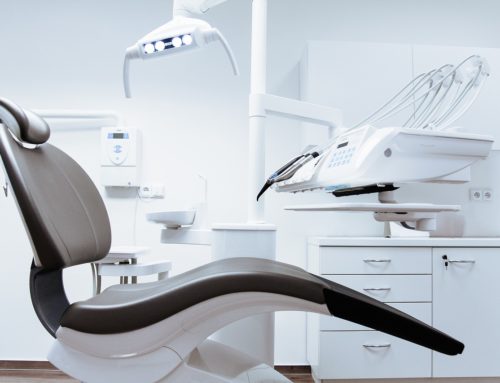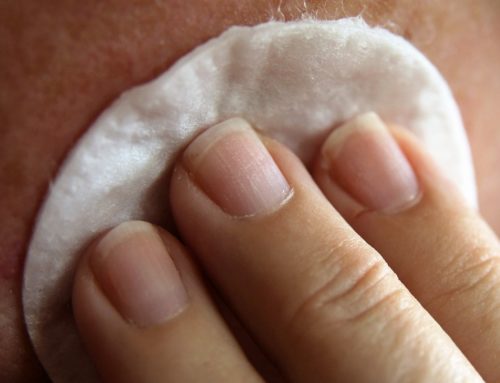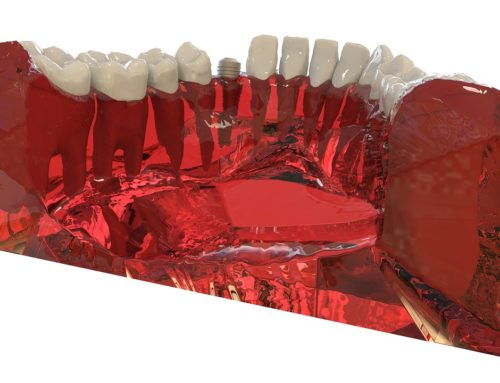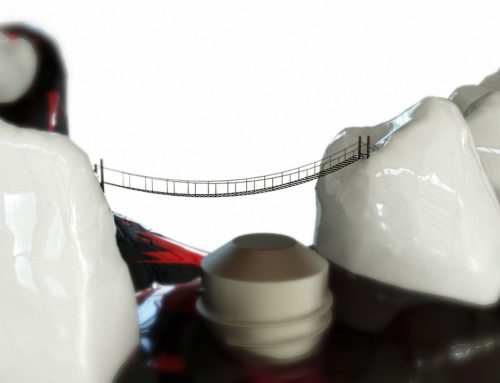The human body is miraculous in so many ways. Despite all the advances of science and medicine, its sheer complexity is still beyond anything that we fully understand. The body’s adaptability is part of that miracle, as bone grafting demonstrates. While a human body only receives one set of bones, it is possible for your body to absorb new bone material into its skeletal structure as a bone strengthening strategy.
In the jaw, bone grafting can help the body develop additional bone material to strengthen weak spots and support dental implants.
Why Bone Grafting May Be Necessary for Dental Implants
A strong foundation of bone is essential for successful dental implant procedures. If your jawbone is not strong enough to support the implant, however, the procedure may not be successful.
What causes jawbones to weaken? General deterioration may result from a missing tooth, if it is not promptly replaced. Disease, like periodontal disease, can also weaken the jawbone. Some parts of the mouth also have less bone to begin with, such as the upper molars.
Your oral surgeon will determine whether you need a bone graft, taking into consideration such criteria as: is the available bone in your mouth sufficiently dense and thick? Is it sufficiently deep and wide? If your jawbone is not strong enough, a bone graft may be a good option for ensuring the success of your dental implant procedure.
Bone Grafting: How It Works
The concept of bone grafting is simple: it is taking a very small quantity of bone material from one part of your body, where it can be spared, and replacing it in another part of your body where it is needed. Healthy, strong bone fuses with weaker bone, and that combination aids your body to grow new bone in that weaker area. The bone often rebuilds to the point where a dental implant can be successfully supported.
The best and most common bone graft procedure is an autonomous bone graft, which was just described. Bone is taken from one part of the body and transferred to another. If only a very small quantity of bone is needed, it may be taken from another part of the mouth. However, if more is needed or there is not enough strong bone material in the mouth, it might be taken from another part, like the shin.
Other bone grafting options include “allograft,” which is the graft of synthetic bone grown in a lab or taken from a cadaver. While safe, this option is always second best to a person’s own bone.
A third option is xenograft, which is the graft of cow bone. This is perfectly safe and may be a good option if a person does not like the idea of taking bone from another part of his/her body or another body.
Your Philadelphia-area dental implant expert is always ready to discuss your dental implant options with you. Just make an appointment at our Bala Cynwyd office.
Take the Next Step
Want to learn if a Bone Grafting and Dental Implants is right for you? Schedule a consultation at Dr. Farole’s Facial Cosmetic Surgery Center in Bala Cynwyd, PA by giving us a call at (610) 668-3300 today.
Sources
Campbell Oral Surgery and Dental Implants
Oral Surgery Associates of North Texas






